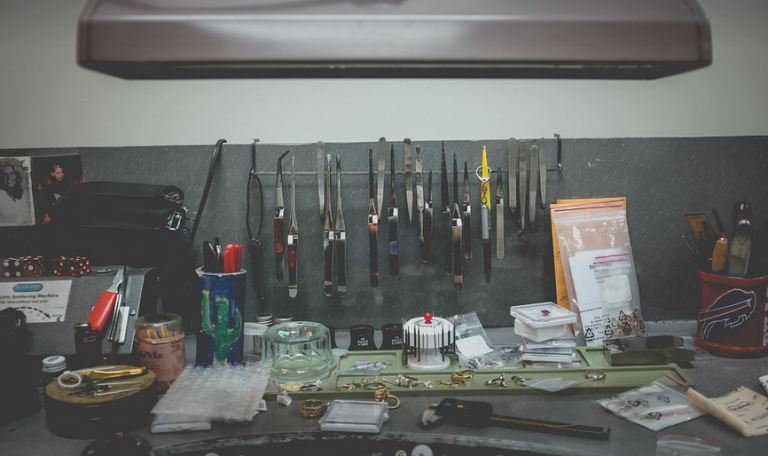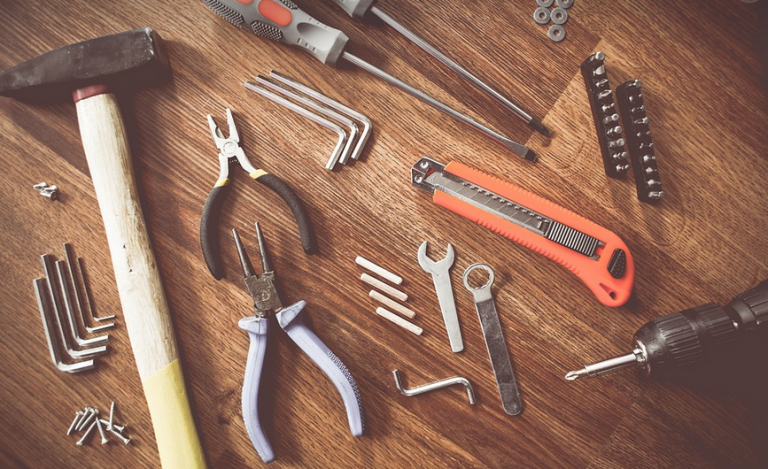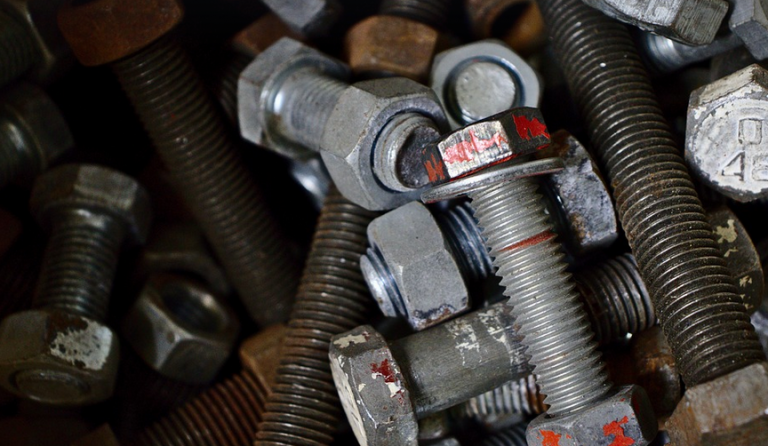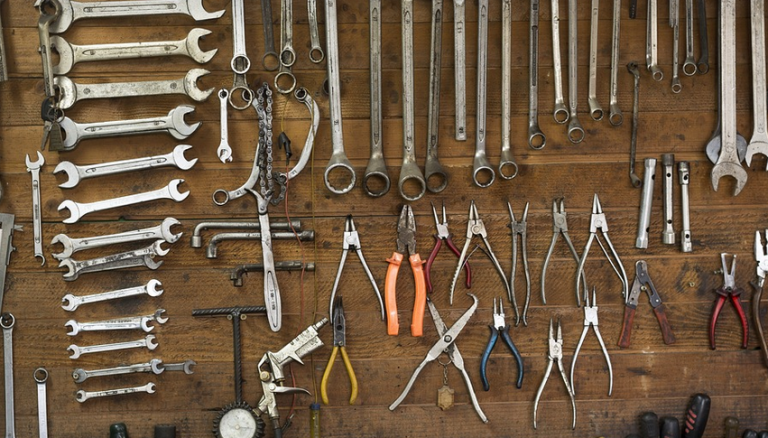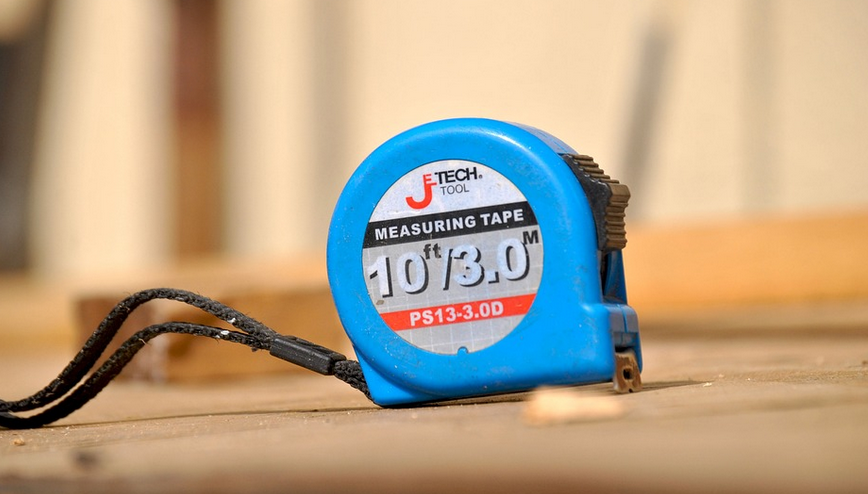
Deciding between PEX crimp and PEX clamp for plumbing in 2025
Plumbing, the unsung hero of any building, is often viewed as a mundane task. But when done right, it can be a beautiful ballet of pipes and fittings that seamlessly blends into the home’s aesthetic.
However, when faced with a challenging plumbing project, particularly one that involves connecting PEX piping—a flexible material gaining immense popularity for its durability and ease of use—the choice between crimp and clamp methods becomes paramount. These two seemingly simple yet powerful solutions offer distinct advantages in specific scenarios, leading to the age-old question: Which is the best method?
Let’s embark on a journey to unravel the intricacies of PEX crimp and clamp techniques, comparing their strengths and weaknesses as we shed light on which method reigns supreme in 2025.
PEX Crimp: A Precision Masterclass
PEX crimp is synonymous with precision engineering. This method involves using specialized crimping tools to precisely squeeze a PEX fitting, creating a secure seal that withstands the rigors of water pressure and time. While seemingly simple at first glance, it requires precise technique and specialized tools.
What’s more, PEX crimp offers superior watertightness compared to clamps. Clempping involves applying force to hold the fittings together. The pressure on the fitting is applied in a single point on the connection, which can lead to uneven stress on the piping. This can significantly impact its long-term integrity.
The precision and reliability of PEX crimp make it ideal for applications demanding high-pressure water flow, such as home irrigation systems or complex plumbing installations involving multiple connections.
Moreover, crimp fittings are incredibly durable. The secure seals, achieved through the proper application of force and torque during crimping, offer a level of longevity that rivals traditional copper pipes.
PEX Clamps: A Time-Efficient Solution
“Time can be money,” they say! And when speed reigns supreme, Pex clamps are your allies in the plumbing world.
Clamping techniques offer a faster and simpler way to join PEX pipes. With clamp fittings, simply slide the fitting onto the pipe end and then use the provided clamp to lock it securely. This method requires less specialized equipment and offers quicker installation times compared to crimping. It’s efficient and user-friendly for everyday plumbing needs.
However, remember that clamping often relies on a single point of pressure from the clamp. If one clamp fails or the connection is not adequately secured, there’s a risk of leaks. It’s important to select clamps designed for specific PEX pipe sizes and avoid using incorrect clamp types.
The Verdict: A Tailored Choice in 2025
In the grand tapestry of plumbing, choosing between crimp and clamp is a matter of preference and project requirements. Each method has its unique merits, making it crucial to consider your specific needs for each individual installation.
For projects demanding high compression strength, particularly in situations where water pressure exceeds 100 PSI (7 bar), PEX crimp emerges as the champion. Its precision-engineered sealing mechanism ensures a leak-resistant connection that stands the test of time and pressure. It’s a masterclass in dependability!
On the other hand, for simple plumbing jobs with shorter runs or less demanding pressure requirements, PEX clamps offer a swift and straightforward solution. They are ideal when speed is key or the installation demands less precision. Remember to prioritize robust clamp selections ensuring a secure connection that minimizes the risk of leaks.
Ultimately, in 2025, the best method for you hinges on your individual project needs.
Regardless of which method you choose, remember to follow all manufacturer’s guidelines and safety protocols to ensure a long-lasting and leak-free plumbing system.
